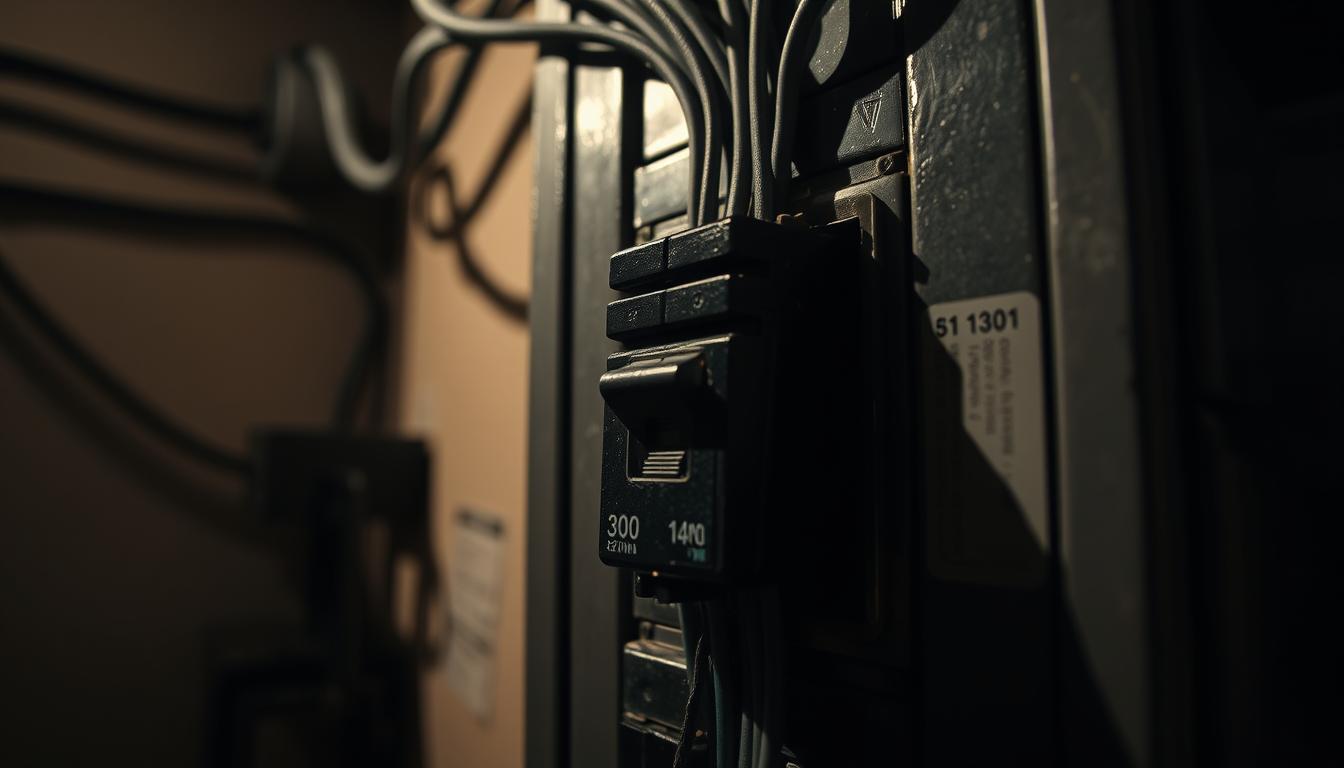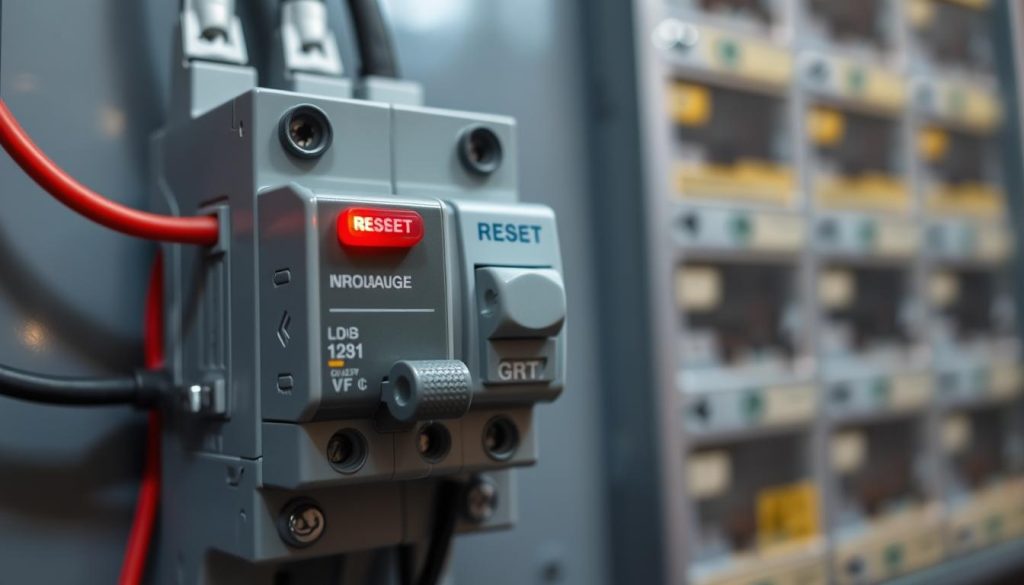
A 20-amp circuit breaker trips when more than 20 amps of current flows through it. If your breaker keeps tripping after 30 minutes, it might signal a deeper problem. This could be an electrical overload, short circuit, or ground fault.
These issues can disrupt daily life and pose serious electrical safety risks. Circuit breakers protect homes by cutting off electricity when current gets too high. When a circuit breaker malfunction occurs, it’s vital to find the cause quickly.
Identifying the root problem ensures the safety and proper function of your electrical system. A quick fix can restore power and peace of mind to your home.
Understanding Circuit Breakers and Why They Trip
Circuit breakers protect our homes from electrical hazards. They help us avoid risks like electrical fires and shocks. Let’s explore how circuit breakers work and why they trip.
What is a Circuit Breaker?
A circuit breaker is an electrical safety device. It protects homes from overloaded circuits, short circuits, and ground fault surges. It watches the current flowing through wires.
When current exceeds the breaker’s capacity, it trips. This cuts off power to prevent damage to appliances and wiring. This quick action shields us from overheated circuits and fires.

Common Reasons for Circuit Breaker Tripping
Understanding why circuit breakers trip helps maintain a safe electrical environment. Here are the top five causes of circuit breaker tripping:
- Overloaded circuits: When too many appliances draw power from one circuit, it can overload.
- Short circuits: A hot wire touching a neutral wire creates a low-resistance path for current.
- Ground fault surges: A hot wire touching a grounded part can cause a ground fault.
- Circuit breaker malfunctions: Worn-out breakers may trip frequently without apparent cause.
- Aged wiring: Old wiring may not handle modern appliances’ electrical demands.
Identifying a Tripped Circuit Breaker
Knowing the signs of a tripped circuit breaker is important. It allows for quick action and wiring inspection.
- Power outage in a specific area of the house
- Multiple outlets in a room not functioning
- The switch handle is between the “on” and “off” states
Recognizing these signs helps us identify tripped breakers quickly. We can then take steps to restore power safely.
| Circuit Breaker Issue | Potential Consequences |
|---|---|
| Overloaded circuits | Risk of electrical fires, damage to appliances |
| Short circuits | Sparks, popping sounds, smoke, fire hazard |
| Ground fault surges | Electric shock, appliance damage |
| Circuit breaker malfunctions | Frequent tripping, unreliable power supply |
| Aged wiring | Increased risk of electrical fires, inconsistent power delivery |
Troubleshooting and Fixing Circuit Breaker Trips After 30 Minutes
Circuit breaker trips after 30 minutes need quick action. Identify the cause to ensure electrical system safety. A systematic approach can often solve the issue without costly repairs.
Checking for Circuit Overload
Overloaded circuits are a common cause of breaker trips. They can overheat and damage appliances. Turn off and unplug all devices in the affected area.
Reset the breaker and plug in items one by one. If it trips again, you’ve reached the circuit’s limit. Redistribute loads more evenly to solve this problem.
Identifying Short Circuits in Appliances
Short circuits happen when hot wires touch neutral wires. This causes high current flow and circuit overheating. Overheating appliances can lead to frequent electricity trips.
Unplug all devices on the affected circuit and reset the breaker. Plug in each appliance one at a time. If the breaker trips immediately, that appliance may have a short circuit.
Replace faulty appliances to prevent further electrical system issues. This will help maintain a safe and efficient home electrical system.
Calling an Electrician for Wiring Issues
If problems persist, it’s time to call a licensed electrician. They can diagnose and fix wiring problems, ground fault surges, and arc faults.
Don’t reset a circuit breaker repeatedly. This can lead to a dangerous electrical explosion called an arc flash. Professional help ensures proper diagnosis and repair.
Electrical Safety Foundation International reports thousands of home electrocutions annually. Stay safe by addressing circuit breaker issues promptly with expert help.







